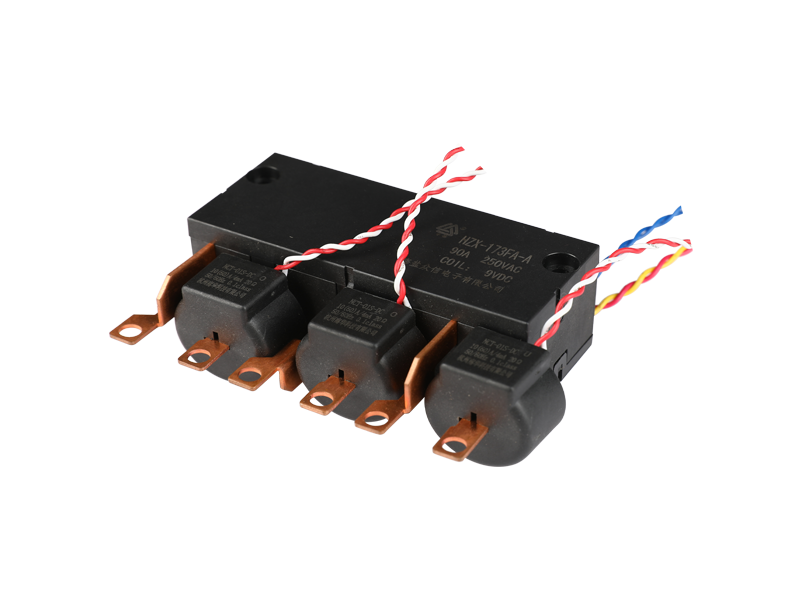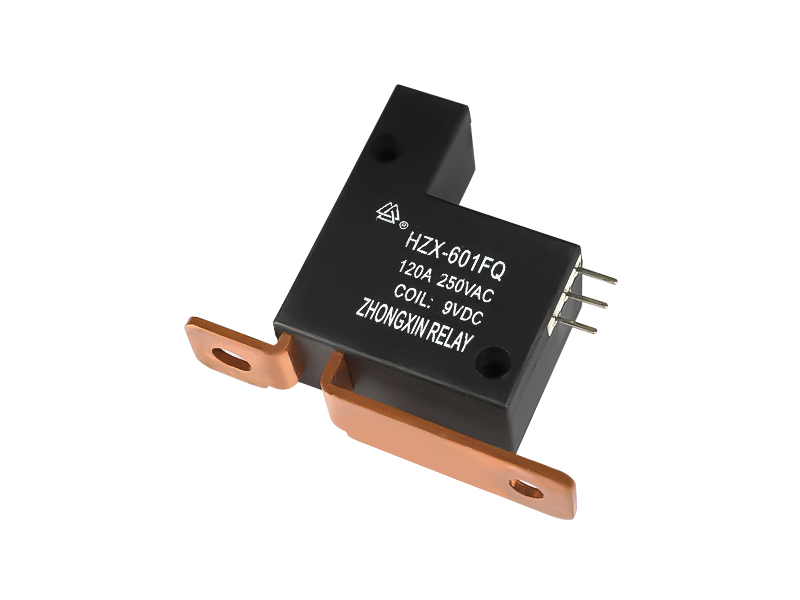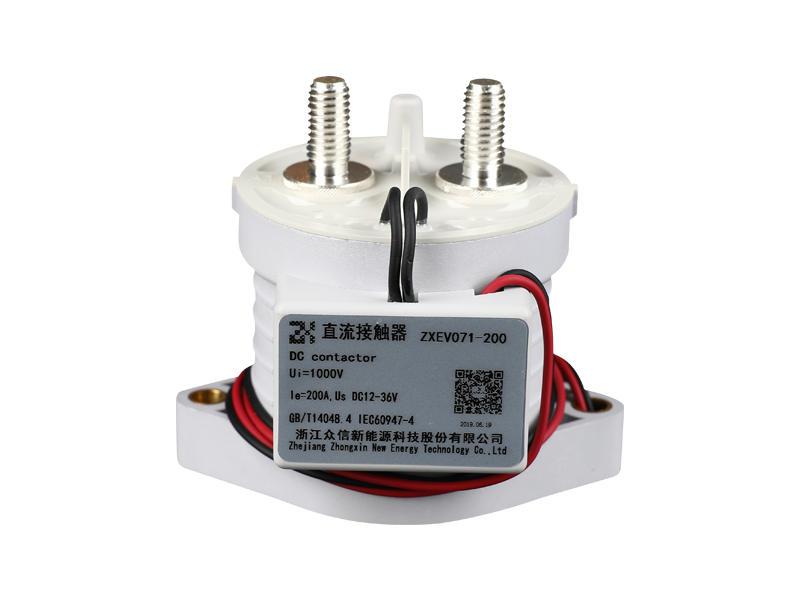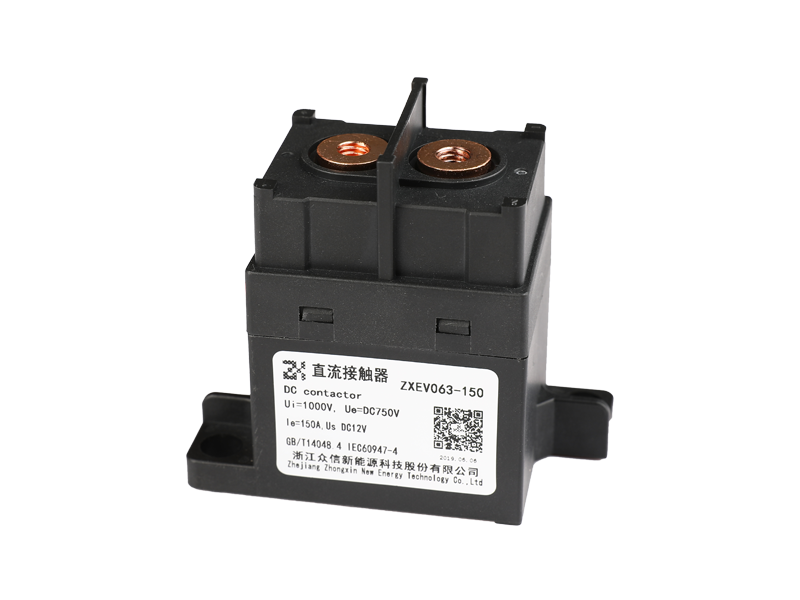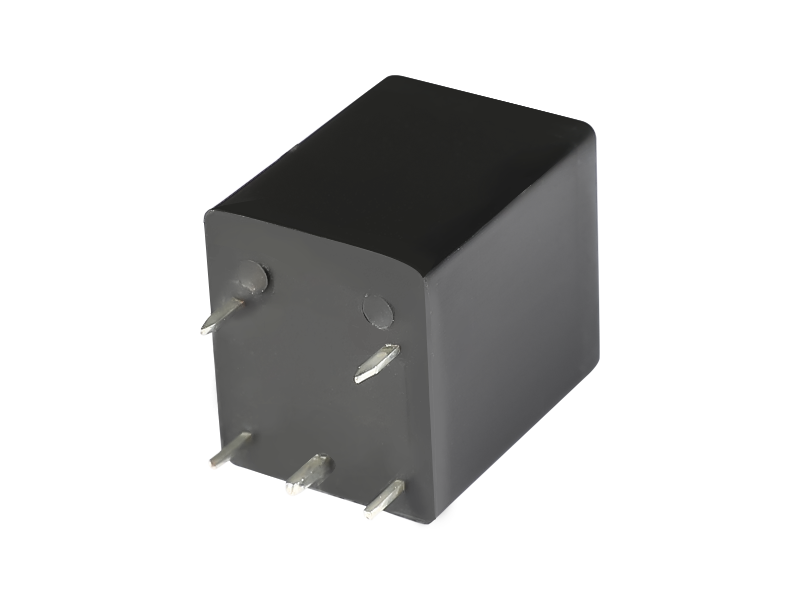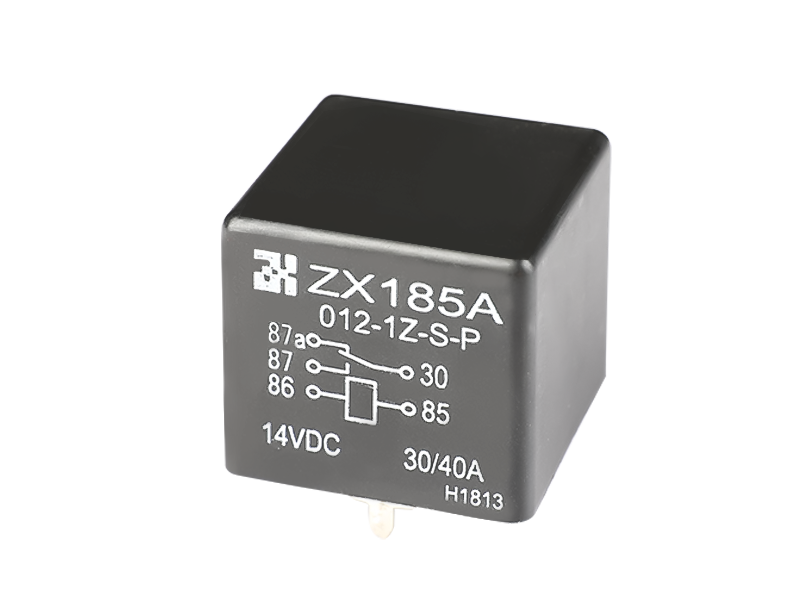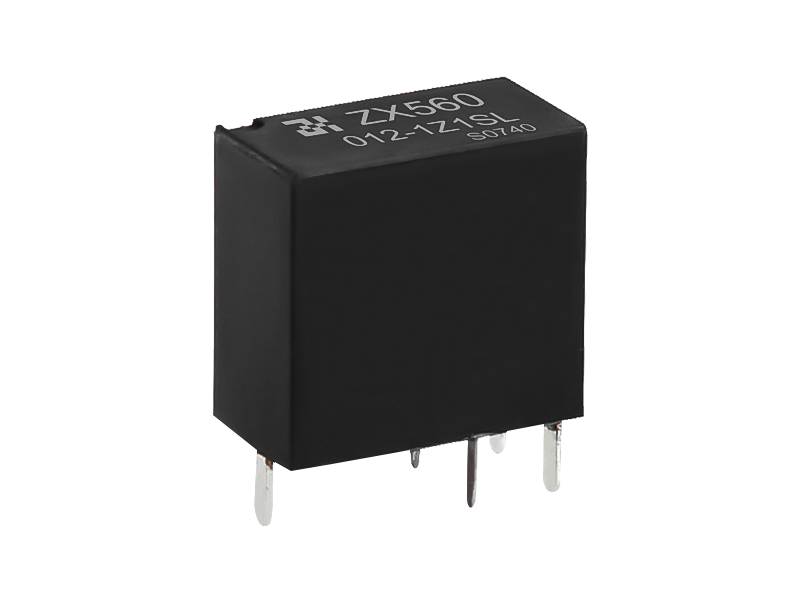The current relay is a relay that reflects the input quantity as current. When in use, the coil of the current relay is connected in series in the circuit to be tested. When the current through the coil reaches the expected value, its electromagnetic static iron core generates electromagnetism, attracting the moving armature, and its contact immediately acts, and the normally closed contact immediately It is disconnected to an open point, and the normally closed contact also immediately cuts off the power supply of the circuit. In order to reduce the impact on the working state of the original circuit after the current relay coil is connected in series, the coil of the current relay has a small number of turns and a thick wire, so the impedance is also small.
There are two types of current relays: 1. Overcurrent relay. Undercurrent relay. When the electrical circuit is working normally, the overcurrent relay coil does not pull in when passing the rated current. When the electrical circuit breaks down or is short-circuited, when the current through the coil reaches or reaches the expected value, the iron core and the armature will pull together, driving the normally closed contact to act, and immediately disconnect the circuit power supply. (The pull-in current of the current relay is 1.~4 times). 2. Undercurrent relay. A relay that acts when the current passing through the current relay decreases to its expected value. It's called an undercurrent relay. When the electrical circuit is working normally, the core and armature of the undercurrent relay are always closed. Only when the current drops below the expected value (setting value), the undercurrent relay is released and a signal is sent, thus changing the state of the circuit. (The pull-in current of the undercurrent relay is 0.3~0.65 times of the rated current of the coil, and the release current is 0.1~0.2 times of the rated current).
There are many types of current relays, the more commonly used and common ones are the JT4, JL5, JL14, and JL15 series. It is used for equipment and sites with frequent and heavy-load starting, so it is used as an overload or short circuit of the motor and the main circuit. The rated current of the current relay is selected according to the long-term working current of the motor. If it is frequently started, choose a rated current that is twice as large. The expected (setting) current of the overcurrent relay must be 1.7~2 times the rated current of the motor. For places with frequent starting, an overcurrent relay that is 2.5 to 3 times the rated current of the motor should be selected. For the selection of undercurrent relay, the expected (setting) current must be an undercurrent relay with the rated current above 0.1 and below 0.5.

